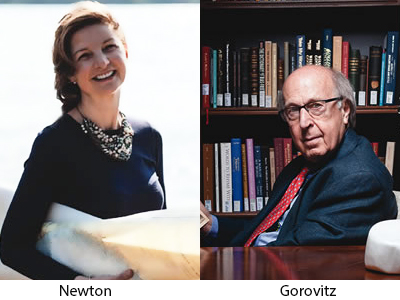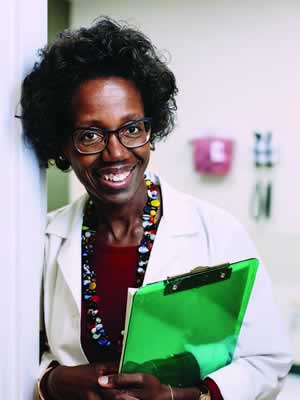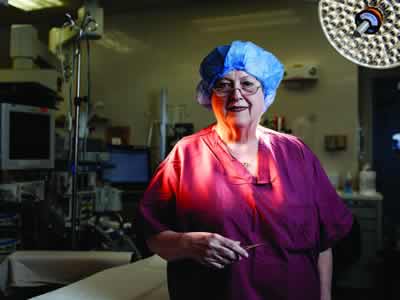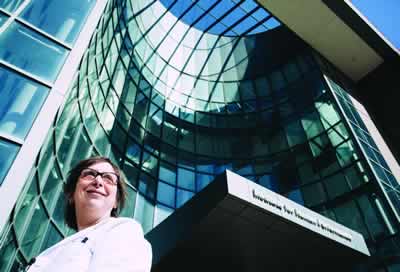Resistance Training May Improve Nerve Health, Slow Aging Process
Simple resistance training may help counteract age-related nerve deterioration that puts seniors at risk of injuries from falls and other accidents, according to cross-institutional research led by postdoctoral researcher JoCarol Shields and Department of Exercise Science Professor Jason DeFreitas. The…



 courage and tenacity. “All three women perceived serious unmet needs in their fields, and envisioned imaginative approaches to meeting those needs,” he says. “Each encountered resistance, discouragement and obstruction from the traditional, male-dominated departments in which they worked. Their stories differ, but the commonalities help us understand why constructive change is often so hard-won, and what it has taken them to triumph in the end.”
courage and tenacity. “All three women perceived serious unmet needs in their fields, and envisioned imaginative approaches to meeting those needs,” he says. “Each encountered resistance, discouragement and obstruction from the traditional, male-dominated departments in which they worked. Their stories differ, but the commonalities help us understand why constructive change is often so hard-won, and what it has taken them to triumph in the end.”

